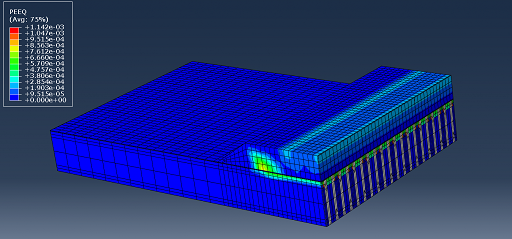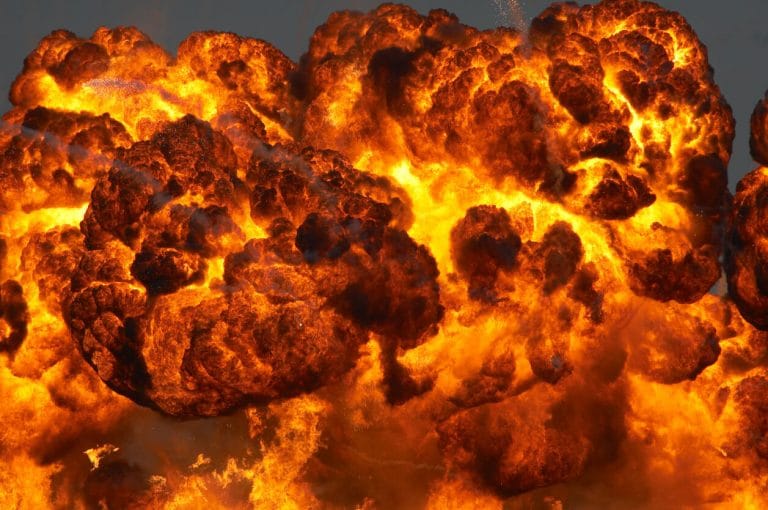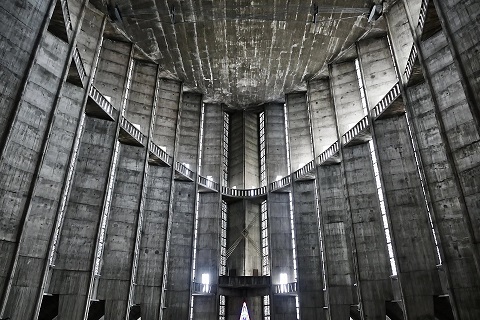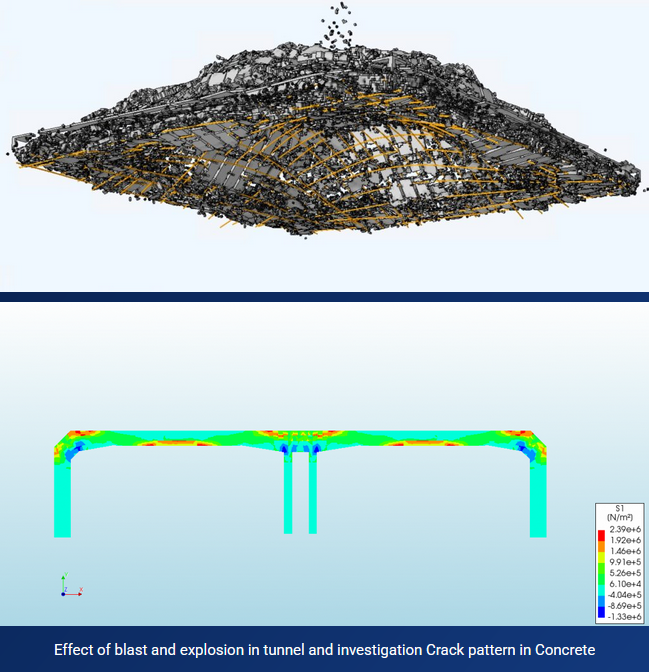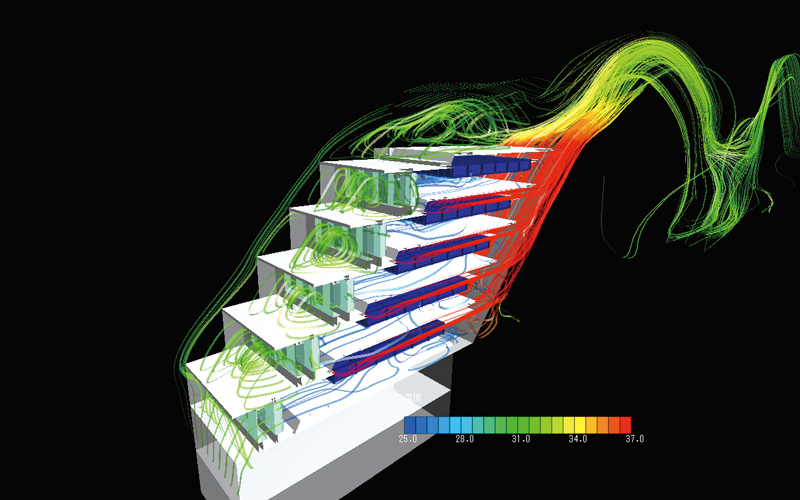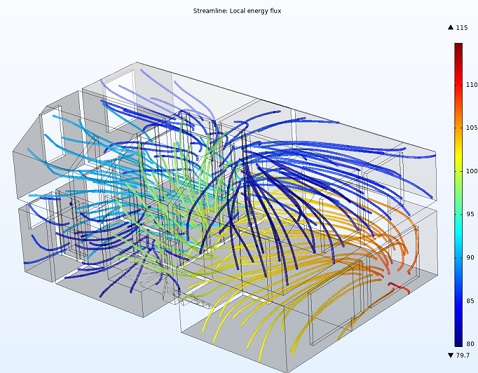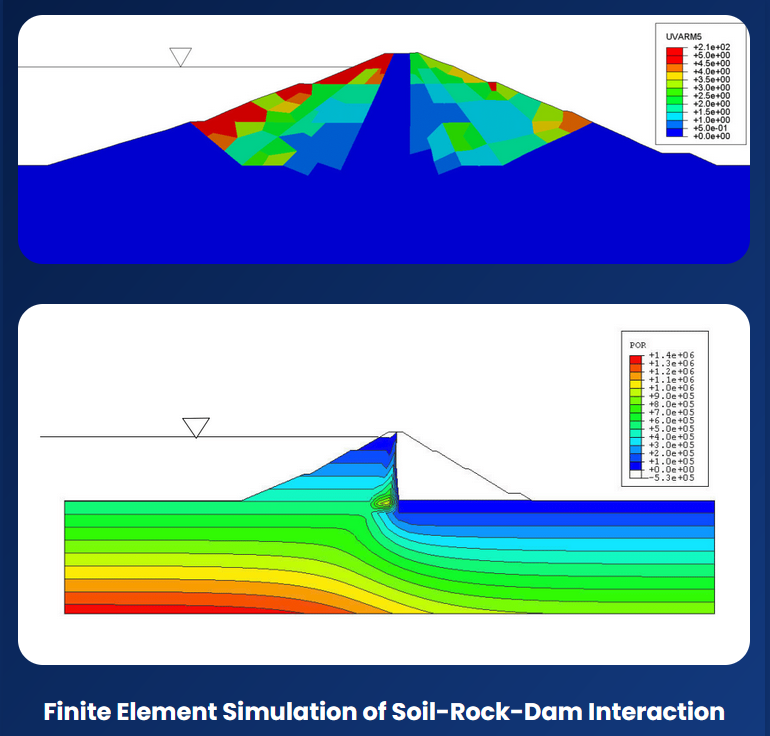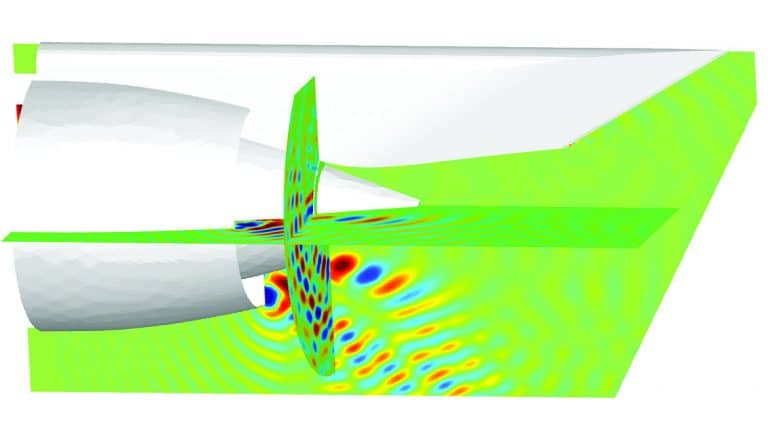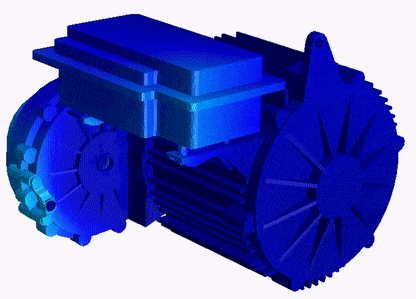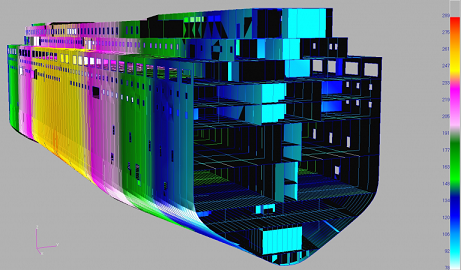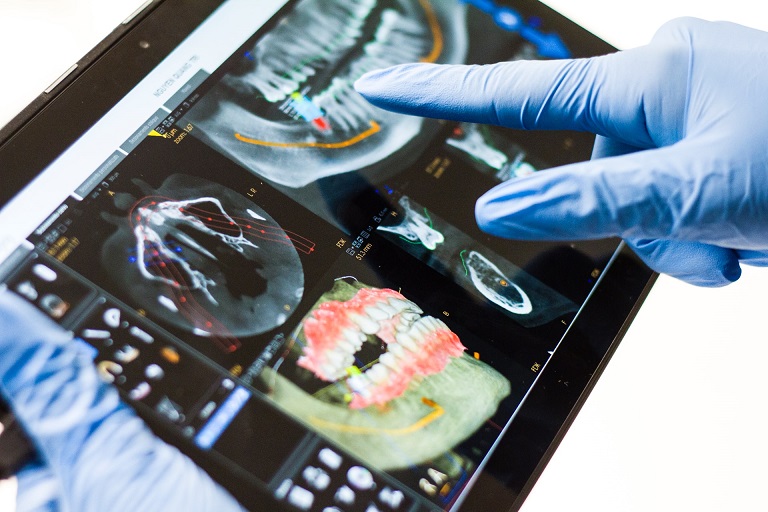Fire, smoke movement, and explosions pose significant risks to public safety in buildings, tunnels, and underground rail systems. Effective fire protection and smoke management systems are essential to minimize these risks and protect occupants.
Fire and smoke propagation can be modeled using computational fluid dynamics (CFD) analysis, which simulates the flow of air and smoke in a building or tunnel. This analysis helps to evaluate the expected performance of smoke management systems and fire suppression systems.
Smoke management systems are critical life-saving devices that are designed to keep escape routes clear of smoke and heat during a fire. These systems typically include smoke exhaust systems, pressurization systems, and smoke control systems. CFD analysis can be used to evaluate the effectiveness of these systems and optimize their design.
Fire suppression systems, such as sprinkler systems and fire extinguishers, are also essential for protecting occupants during a fire. The performance of these systems can be evaluated using fire testing and CFD analysis to ensure that they can effectively control or extinguish fires.
Explosion modeling can also be performed using FEA and CFD simulation. These analyses evaluate the consequences of an explosion, including the blast pressure, thermal radiation, and structural response of components. Explosion modeling can be used to identify potential sources of ignition and assess the risk of explosion in industrial facilities, such as chemical plants and oil refineries.
